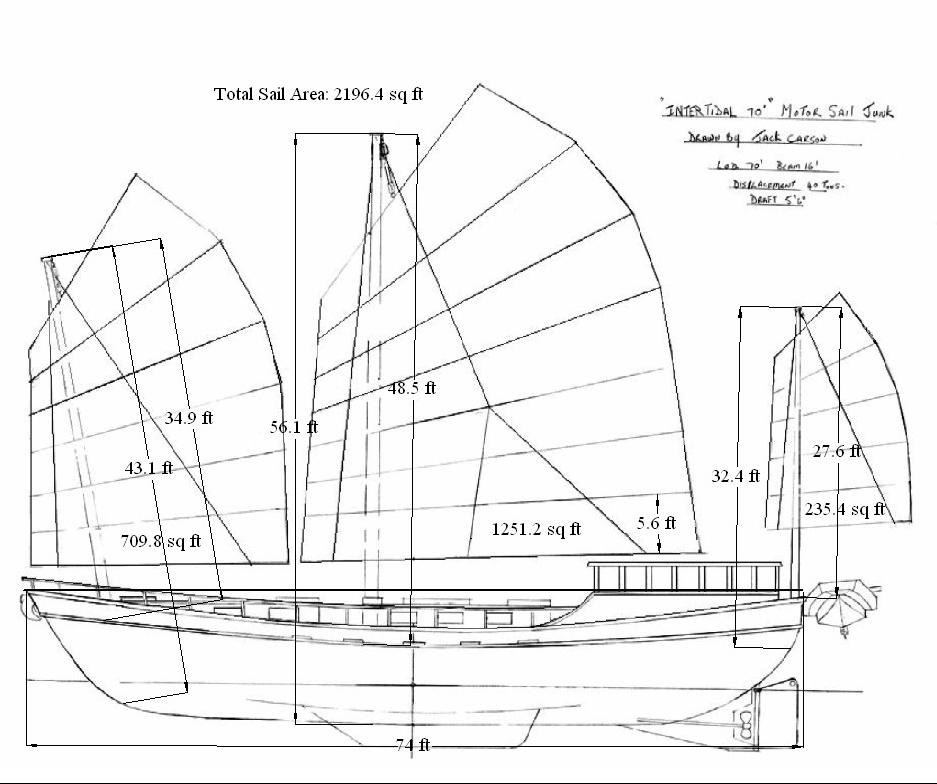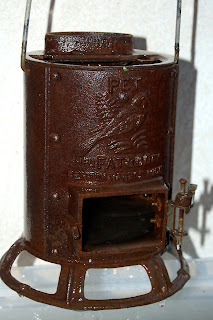My little brother came in yesterday, and he, Ramon, and I spent the afternoon at the boat shop ripping 8"x2" rough-sawn oak into 8"x1" halves with my cheap little Harbor Freight table saw. I'll be using these for the chine lamination after running them through the thickness planer.
Lots of time on this build has been spent trying to morph the wood I have into the wood I want. First, for the keel I bought construction-grade Southern yellow pine which promptly warped. Ramon and I used all manner of clamp configurations to get that stuff to laminate up into semi-straight pieces. Then, I milled the frame lumber from rough sawn white oak. Ripping the full oak pieces thickness-wise has been our toughest challenge yet. My table saw doesn't quite cut through half of the 8" width so we today we ran the pieces through on each side three times so we wouldn't blow a fuse (though we did manage switch the breaker multiple times anyway) and then ran a Sawzall down the middle to finally split the thing. Overall, though, we had a great day and worked off the beer and sushi from last night.
Boatbuilding in Hindsight:
1. Pay the little bit extra to have the wood milled.
2. Get a bandsaw.
3. I'd really like to have some nicer power tools for the next build, but I certainly don't regret going with the cheap stuff the first time around (particularly because my shop is so exposed to the elements).
Lots of time on this build has been spent trying to morph the wood I have into the wood I want. First, for the keel I bought construction-grade Southern yellow pine which promptly warped. Ramon and I used all manner of clamp configurations to get that stuff to laminate up into semi-straight pieces. Then, I milled the frame lumber from rough sawn white oak. Ripping the full oak pieces thickness-wise has been our toughest challenge yet. My table saw doesn't quite cut through half of the 8" width so we today we ran the pieces through on each side three times so we wouldn't blow a fuse (though we did manage switch the breaker multiple times anyway) and then ran a Sawzall down the middle to finally split the thing. Overall, though, we had a great day and worked off the beer and sushi from last night.
Boatbuilding in Hindsight:
1. Pay the little bit extra to have the wood milled.
2. Get a bandsaw.
3. I'd really like to have some nicer power tools for the next build, but I certainly don't regret going with the cheap stuff the first time around (particularly because my shop is so exposed to the elements).
 |
| Here the frames are squared and braced from the outside. I'll add bracing on the inside before laminating the chine, then remove the exterior bracing to install the stringers. |


















































